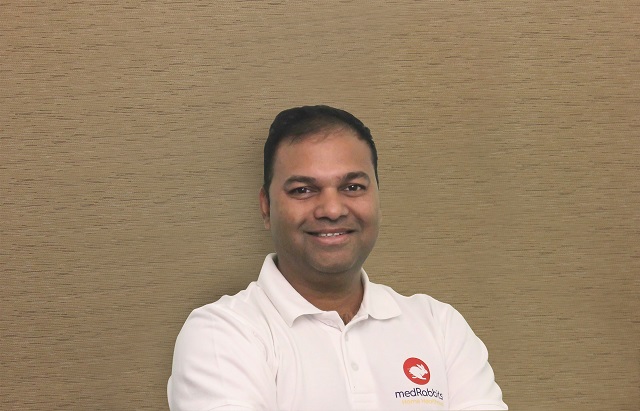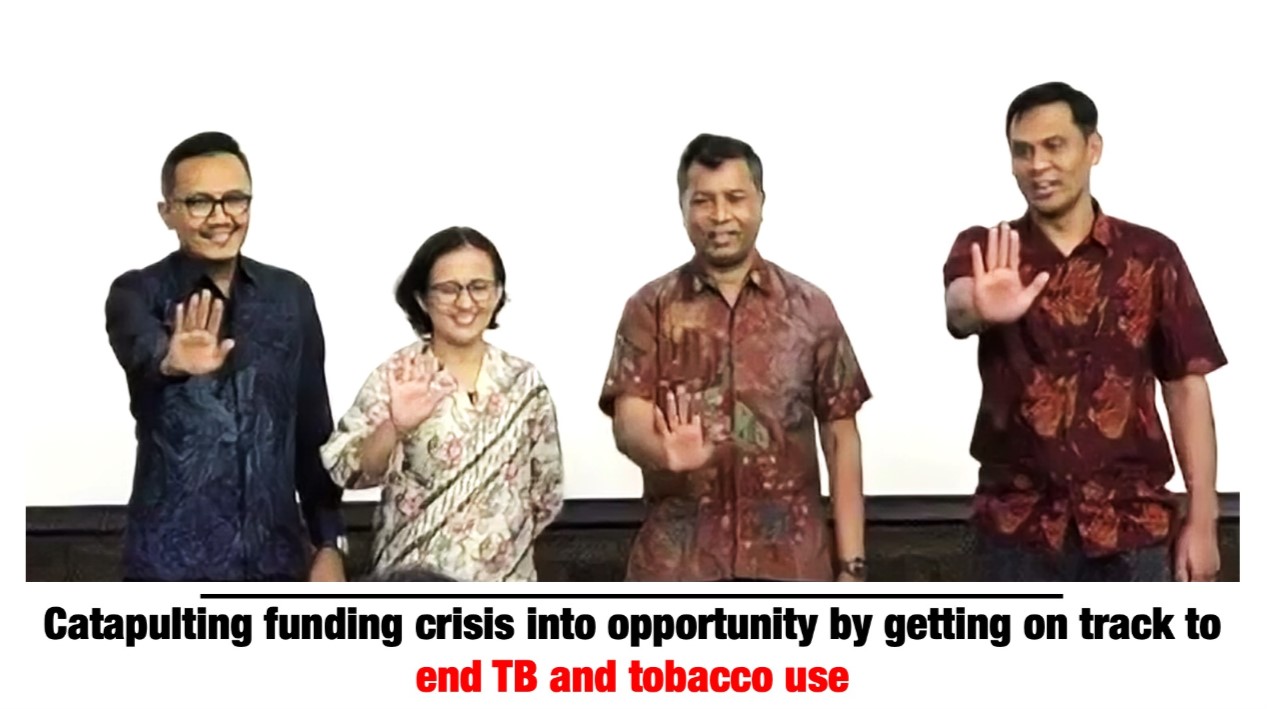The Escalating Statistics: Unveiling the Reality
Recent statistics paint a concerning picture of substance abuse among adult teenagers in Indian society. According to the National Institute of Mental Health and Neurosciences (NIMHANS), there has been a significant rise in the prevalence of drug abuse, particularly among individuals aged 18 to 25. The allure of escape, coupled with peer pressure and stress, has contributed to this disturbing trend.
Reports suggest that easily accessible and affordable substances, including alcohol, tobacco, and prescription drugs, have become the preferred choices for many teenagers. The ease of obtaining these substances has propelled the issue to alarming heights, necessitating immediate attention from all segments of society.
Understanding the Underlying Factors: A Complex Web
Delving into the reasons behind this surge in substance abuse, we uncover a complex interplay of factors. Socioeconomic disparities, lack of awareness, academic pressure, family conflicts, and the overall transitional phase of adulthood all contribute to the vulnerability of adult teenagers. The changing dynamics of Indian society, with its blend of traditional values and modern influences, pose unique challenges that require targeted interventions.
Preventive Measures: Navigating the Path to Change
The battle against substance abuse requires a comprehensive approach that spans societal, educational, and familial levels. Prevention is the key, and it begins with awareness and education.
1. School and College Programs: Educational institutions play a pivotal role in shaping young minds. Introducing comprehensive drug education programs that are relatable and interactive can equip students with the information they need to make informed decisions. Workshops, seminars, and awareness campaigns can foster a sense of responsibility and resilience.
2. Community Support Networks: Creating safe spaces within local communities where teenagers can openly discuss their challenges without fear of judgment can foster a sense of belonging. Peer support groups and community centers can serve as vital resources for those struggling with substance abuse.
3. Parental Involvement: Parents hold significant influence in shaping their teenagers' choices. Open communication and fostering a non-judgmental environment at home can encourage teenagers to seek guidance when faced with challenges. Parenting workshops focusing on understanding the evolving needs of adult teenagers can bridge generational gaps.
4. Policy Reforms: Collaborative efforts between government bodies and non-governmental organizations are crucial. Advocating for stricter regulations on the sale of substances, providing accessible rehabilitation facilities, and creating a helpline for those in need can aid in curbing substance abuse.
5. Mental Health Support: Addressing the underlying mental health issues that often lead to substance abuse is essential. Accessible and affordable mental health services can provide a preventive approach, offering coping mechanisms and support to those vulnerable to substance abuse.
In conclusion, the rise in substance abuse among adult teenagers in Indian society demands immediate attention and concerted efforts. By understanding the underlying factors, implementing preventive measures, and advocating for policy reforms, we can work towards a brighter future where our youth can navigate adulthood with resilience, optimism, and a strong support system. This International Overdose Day, let's unite to break the cycle of substance abuse and pave the way for a healthier and safer society.

 As International Overdose Awareness Day approaches on August 31st, it's imperative to shed light on a pressing issue that affects societies globally, including India - the alarming increase in substance abuse among adult teenagers. This day serves as a somber reminder of the lives lost and the urgent need for preventive measures within our communities.
As International Overdose Awareness Day approaches on August 31st, it's imperative to shed light on a pressing issue that affects societies globally, including India - the alarming increase in substance abuse among adult teenagers. This day serves as a somber reminder of the lives lost and the urgent need for preventive measures within our communities.









.jpeg)


.jpg)

















.jpg)